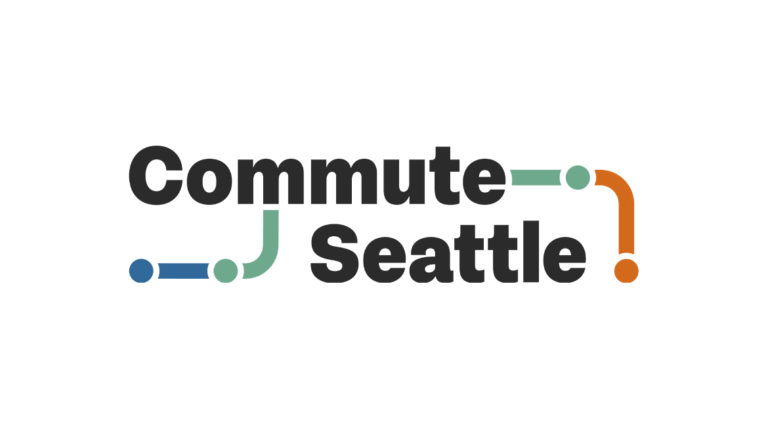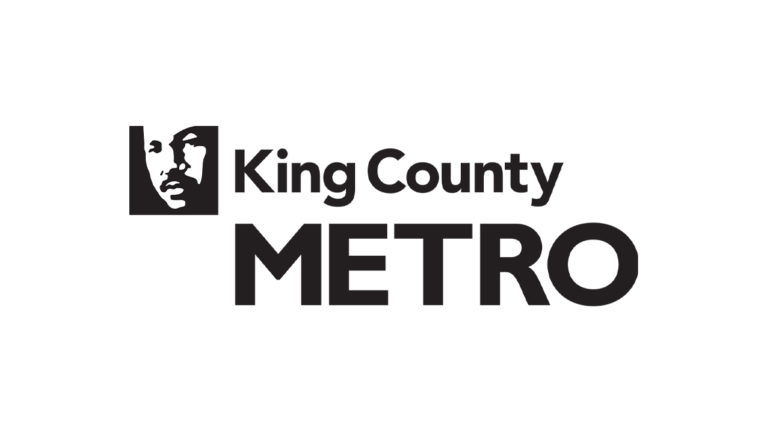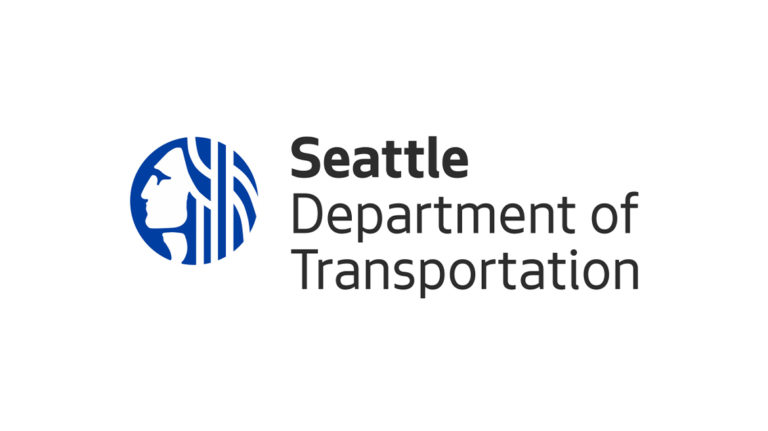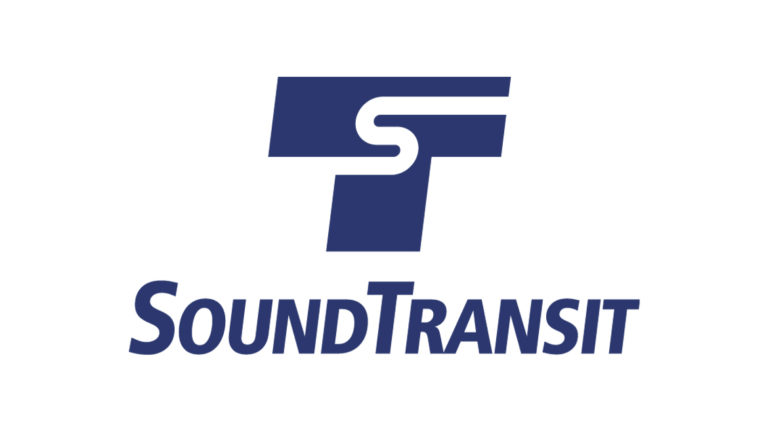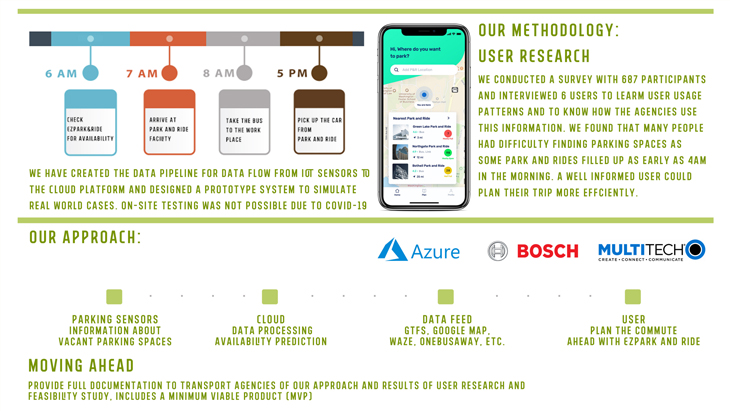
Issue
The Puget Sound area is an urbanized and fast-growing region and a major hub of economic vibrance in the United States. The ever-growing economic activity, vast stretch of residential areas, and increasing population put a burden on the transport sector and lead to traffic congestion on the roads. Despite congestion, 26% of the commuters* choose drive-alone to commute which adds to this problem in the form of lost productivity, emission of greenhouse gases, and fuel consumption which is detrimental to the environment.
Park and Ride facilities are built on major transit routes so that people can park their vehicles and more efficiently utilize public transport like buses or trains. However, there are major challenges that inhibit their utilization to full potential. The primary barrier is lack of accurate and reliable occupancy information. There is currently no system in place to provide the real-time availability of parking spaces in Park and Ride facilities to the commuters. Moreover, there is no electronic system in place which can gather data about the utilization of parking spaces.
* Data from https://commuteseattle.com/modesplit/
Spark
As of January 2020, there are 151 P&R facilities located across King County, most managed by King County Metro (KCM) and Sound Transit (ST), which are the two main public transport operators in the Puget Sound area. The Park and Ride (P&R) facilities are designed to help commuters avoid stressful drives along congested roads and search expensive parking spaces, especially in the downtown core. By implementing a parking availability solution, the region has an opportunity to reduce traffic congestion by assisting the use of public transport from suburban neighborhoods into congested urban areas.
Overview
Most of the data about parking availability that currently exists comes from manual counting on the site by staff. The typical frequency for these counts is every month, thus, it is not “real-time parking availability data.” There is also some static data from the API provided by King County Metro, which is about the names, addresses, zip codes, total numbers of parking spaces, ADA numbers, etc., but none of this information can be viewed by the public to help them make informed choices about their commute options.
A graduate team from the Information School (iSchool) was recruited to explore this problem area and map out a comprehensive solution which can solve all these problems. This team employed the use of cutting-edge technology (such as IoT, cloud computing, machine learning) to provide enhanced user experience for the commuter and analytical decision-making capabilities to project sponsors.
The team’s project focuses on understanding the data sources currently available, then explores the opportunity for new data provided by sensors to make the real-time parking availability data accessible to different users. This democratization of data has the power to reduce traffic congestion and carbon footprint; all of which would lead to a better environment and help convert the Puget Sound area into a smart city.
Innovation
The minimum viable product (MVP) of EZPark&Ride needs to demonstrate real-time data ingestion and processing pipeline for parking availability data from IoT devices installed at Park and Ride facilities:
- ingest and store data in real-time from parking sensors
- analyze parking availability data to understand the utilization of Park and Ride facilities and make predictions of future utilization
- provide open data to end-users with real-time parking availability data
- store the data after analysis for other downstream processing (e.g., business intelligence) to provide actionable insights from the historical data
Different cloud computing platforms have their advantages, so this system design should have the potential to be deployed on different cloud computing platforms, and even to operate cross-platform as a hybrid cloud computing solution.
Business intelligence analysis is a significant function of EZPark&Ride’s system. Access to usable intelligence and accurate data is an important reason why public transit service providers choose to adopt parking sensor solutions. This system is designed to enable near real-time business intelligence analysis capabilities by transforming and transmitting data to the data warehouse in real-time. Given that both King County Metro and Sound Transit use Microsoft services, such as Sharepoint and Power BI, to some extent, the business intelligence analysis is designed with Power BI as the application.
Materials
Impact
All the stakeholders in this project are committed to sustainable operations that pollute less and consume less fossil fuel. Leveraging new cutting-edge technologies will allow the region to develop an information system that supports real-time parking availability in Park and Ride facilities, which will eventually improve the user experience for transit users and further encourage the use of P&R facilities.
Team
The Mobility Innovation Center served as the primary liaison between mentors from King County Metro, Sound Transit, and the Seattle Department of Transportation. The project also received access to subject matter expertise from the Washington State Department of Transportation and Commute Seattle.
Academic Department
Faculty Leadership
Contributors
- Harry Xie
- Mayuresh Mali
- Divya Gaurav Tripathi
- Yanjie Niu


